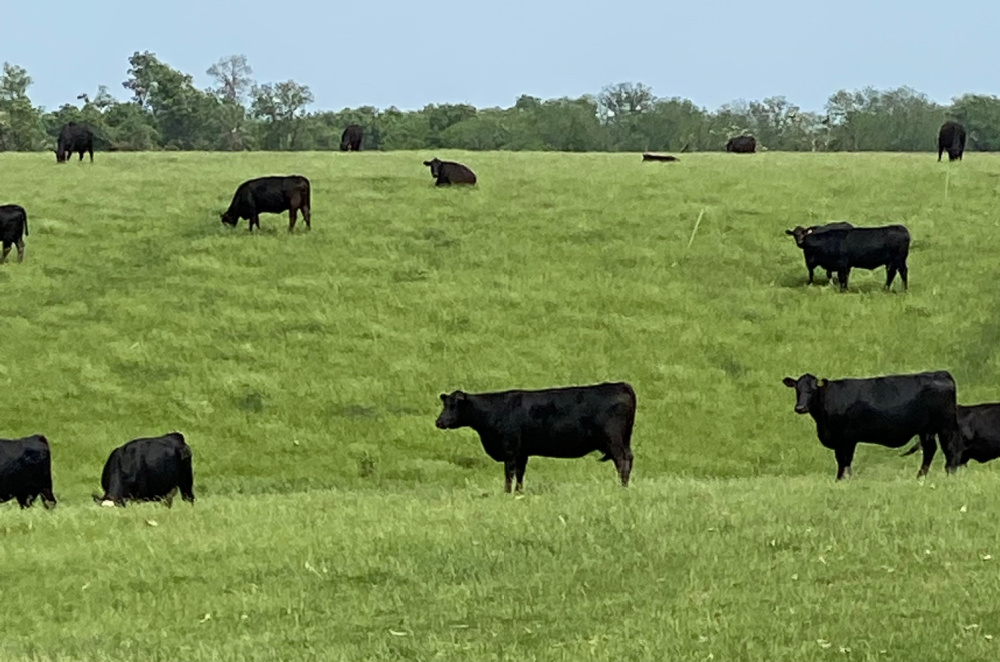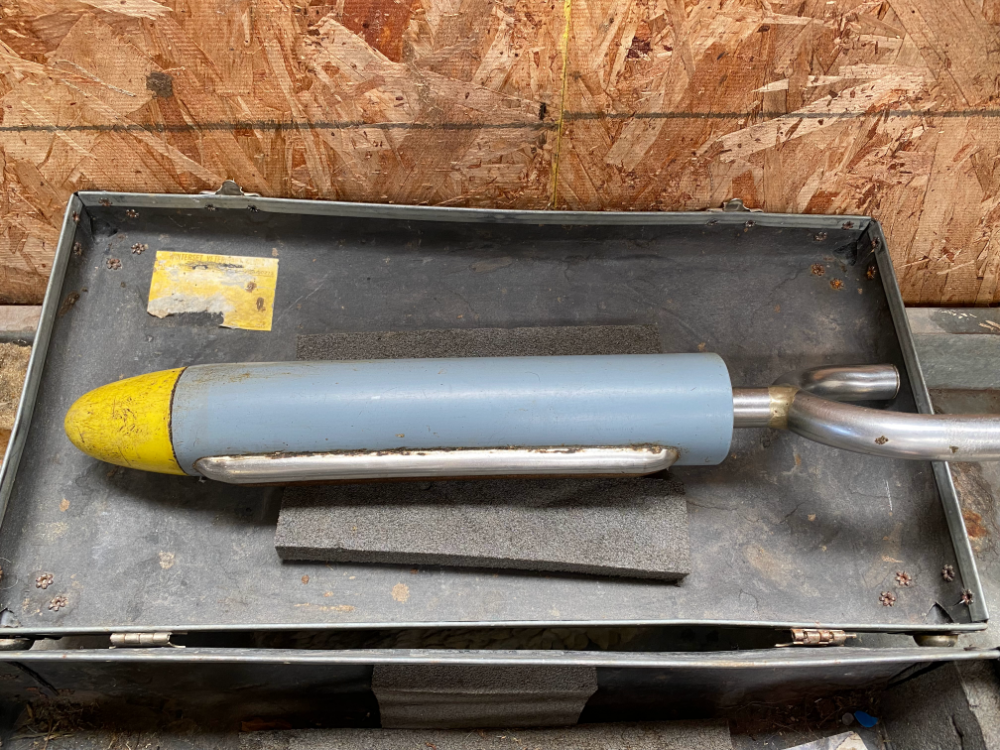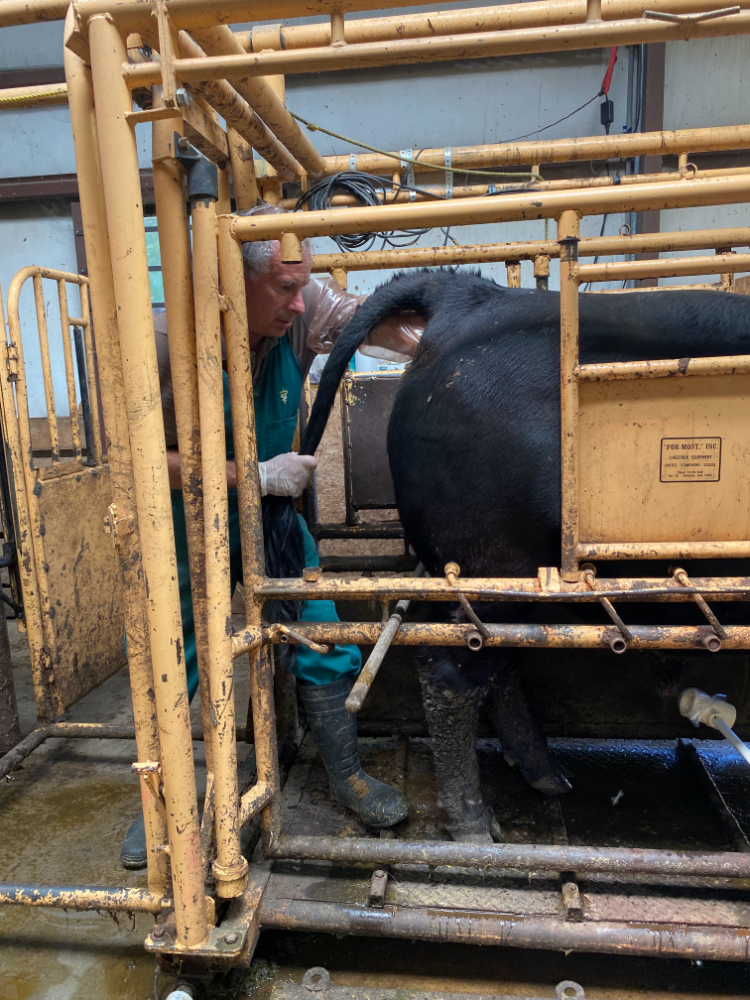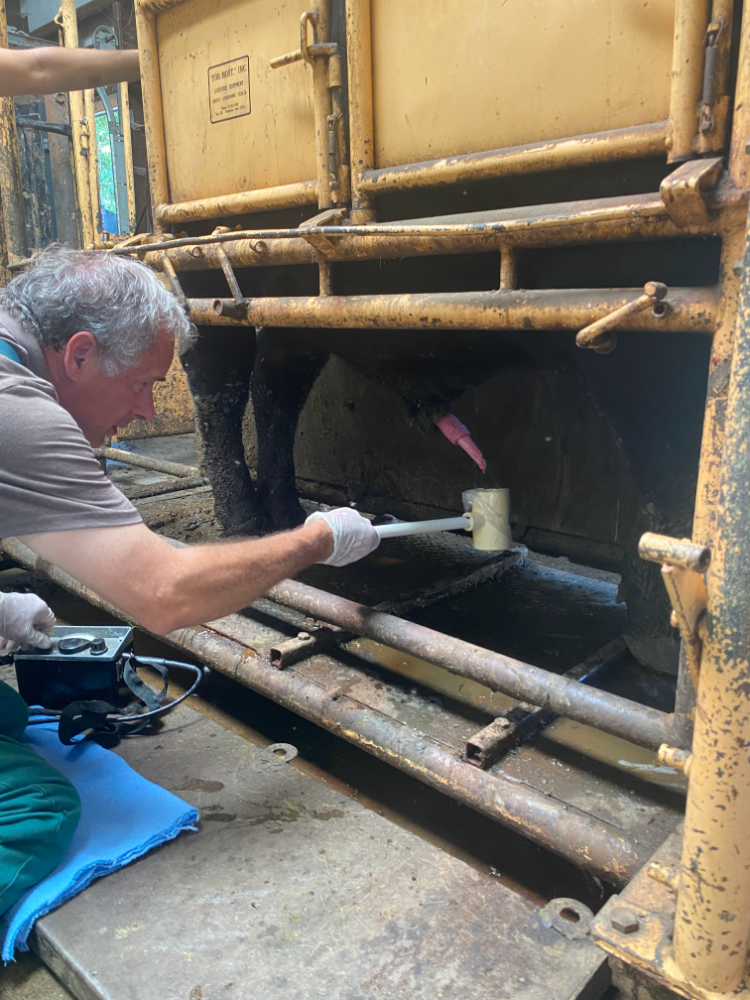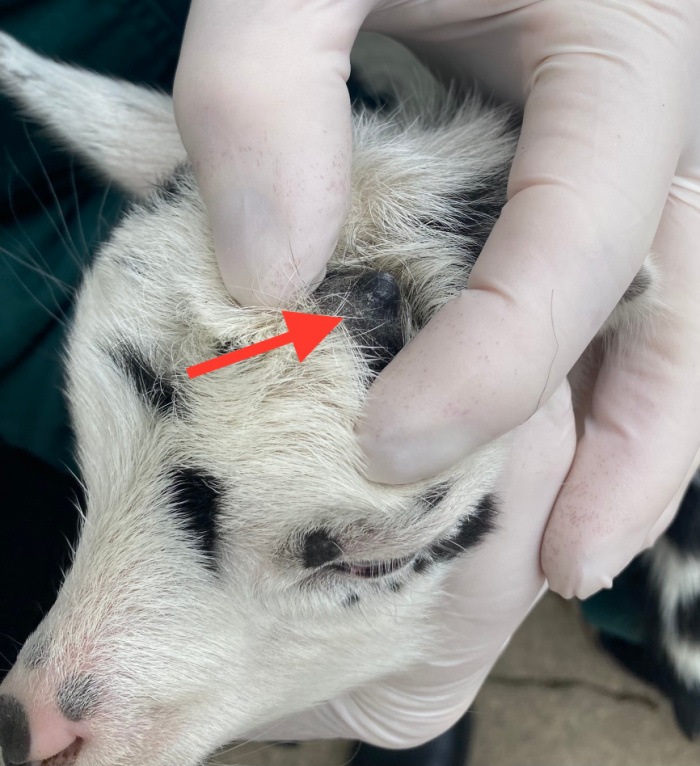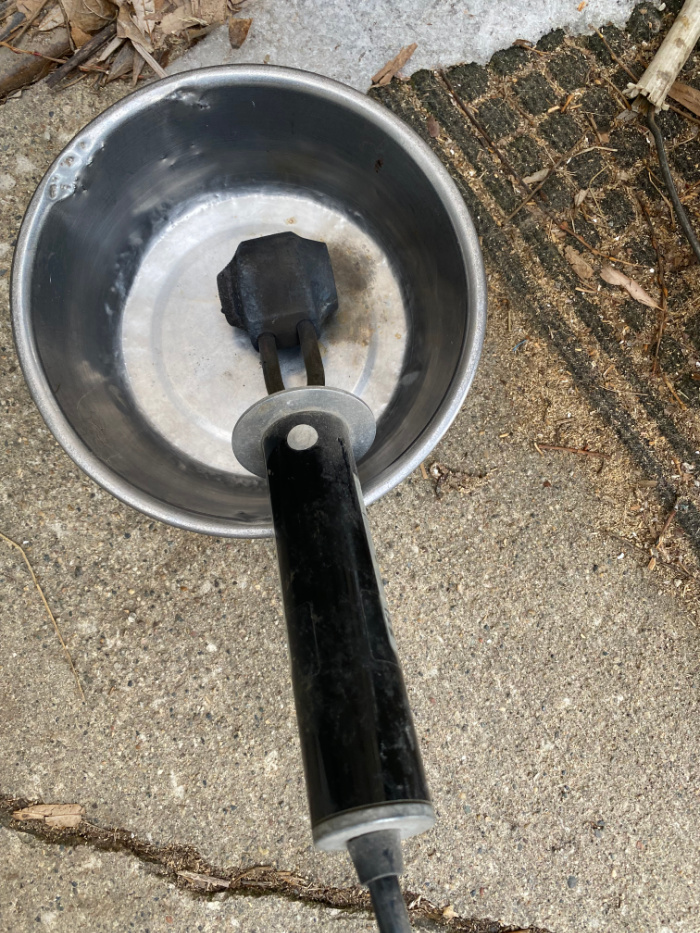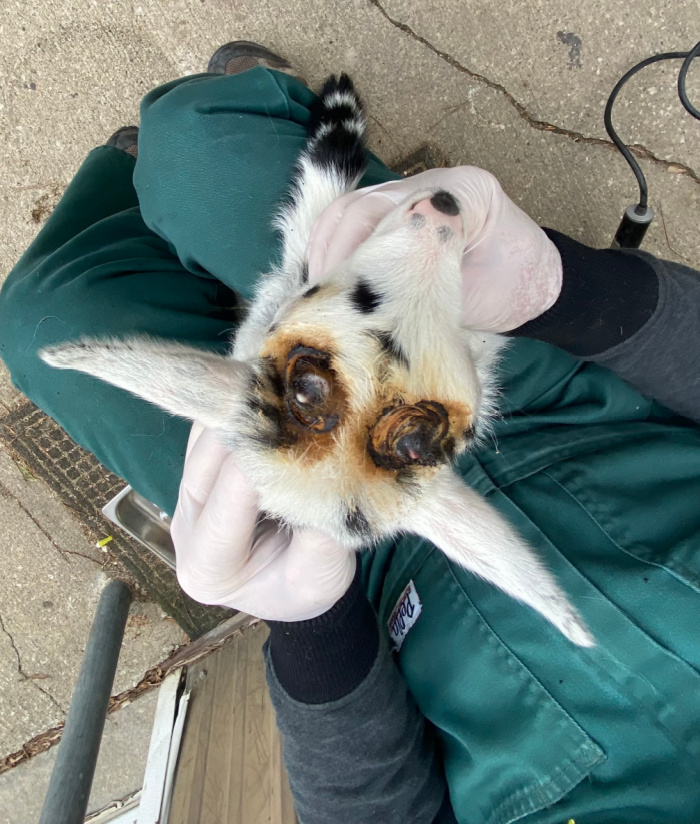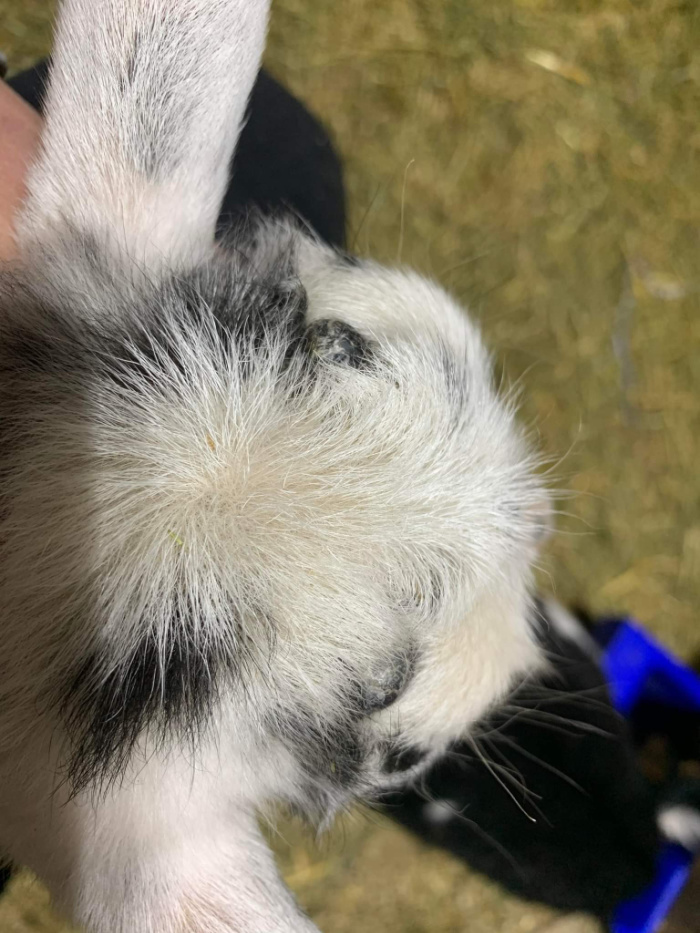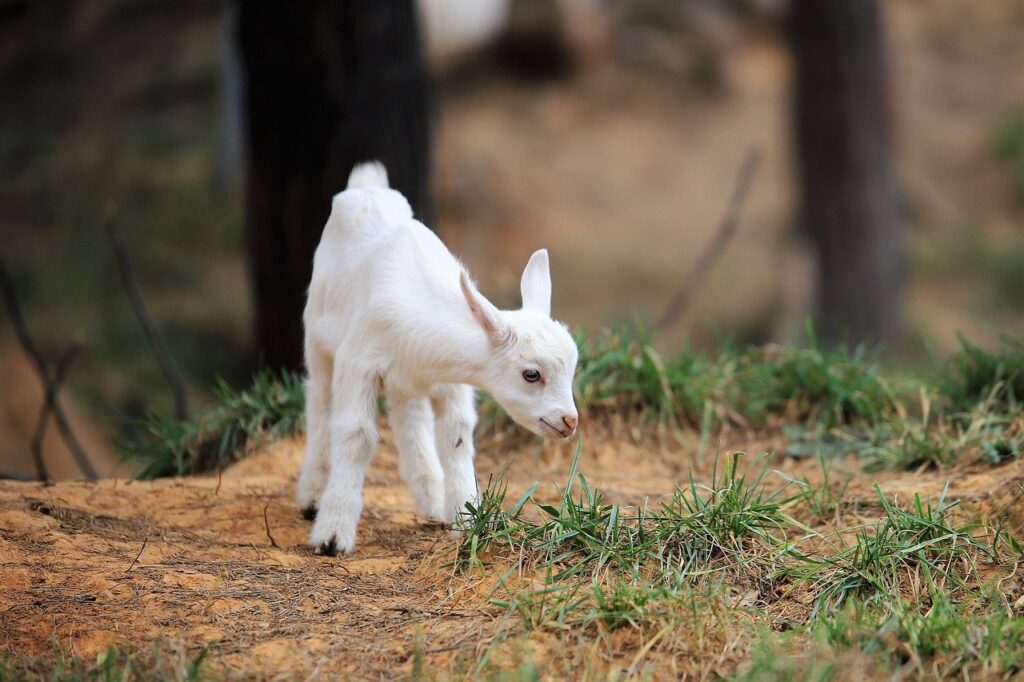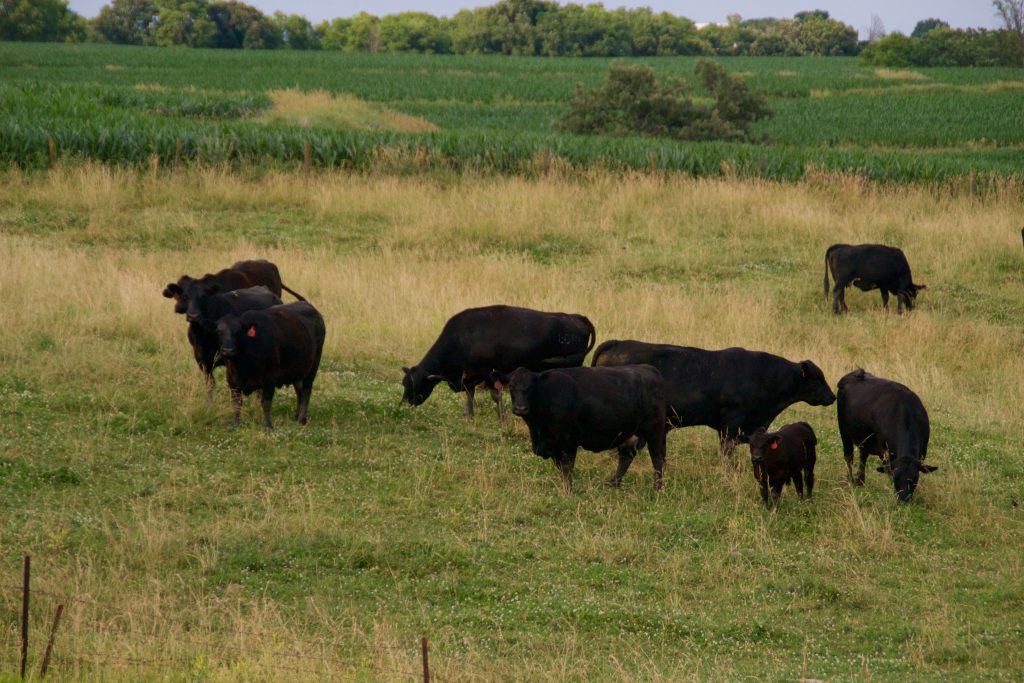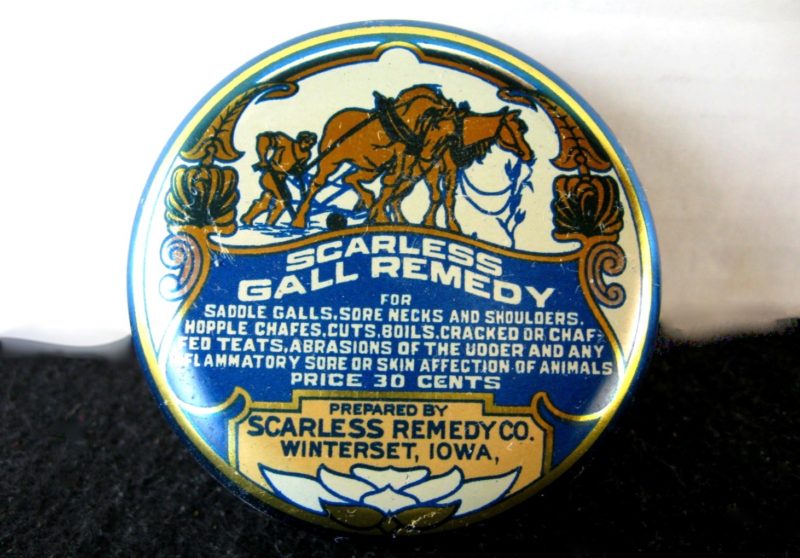Cattle farmers know how important herd health is to remain profitable. All year round they pay attention to nutrition, disease and parasite control; but also to genetics and optimizing their operation to get the most pounds to market each year. One component of that in April, May, and June is a breeding soundness exam on the bull. Each bull is responsible for breeding up to 45 cows, so his performance must be good to avoid failure. Imagine a corn farmer forgetting to plant seeds in the spring- the result is no crop. The same result occurs when an infertile bull is turned out to pasture with a herd of cows.
A breeding soundness evaluation is performed in spring on each bull in the herd. Age, weight, conformation and leg/feet status is a start. Old or fat bulls run the risk of having weak suspensory ligaments in their heels, preventing them from mounting. Toes can overgrow or crack, causing pain to walk or mount. Arthritis is a career ending problem. Testicle size and firmness tell us if the “factory” is working to make sperm. Clipping long hair from the prepuce so cockleburs cannot build up is necessary. Palpating the internal organs will detect swellings from tumors or infection. Then comes semen collecting—either done manually by an experienced veterinarian-(preferred)- or with an electro-ejaculator, which stimulates the bull to extend his penis and give a semen sample in a cup.
This sample is looked at closely under a microscope, first under low power to look for swarming or ocean waves—a very good sign. High power is used to evaluate live/dead percentage and morphology, as well as concentration and motility.
Sperm can have many types of defects on head or tail (see picture), and does affect success of swimming and penetrating an egg. All defective sperm are not viable, and are counted. A 300 point score is derived after evaluating all areas of the physical appearance and sample—with a final rating of potential breeder pass/fail status. This certificate can be transferred from buyer to seller when necessary—a warranty of sorts.
Breeding soundness exams are performed also on swine, sheep, goats, and many other species to determine fertility of the sire.
During breeding season, problems can arise. The bull can be hurt from mounting or by a jealous cow in the herd. This can be temporary—2 to 3 week rest, or a career ender if the os penis is broken. Trichmoniasis is one transmittable disease from a positive cow to a bull, who then becomes a carrier to all other cows that he mates with. It causes infection, abortion, and delayed pregnancies, and is a reportable and quarantinable disease in Iowa. It is prudent to buy a virgin or negative bull to add to a clean herd. Positive animals in that herd must not be sold as breeding stock—only to terminal markets. Iowa places it as a high priority disease to eradicate.
In this area, bulls are commonly turned out with cows in May/June to deliver calves in March after a 9 month gestation.
Genetics have improved vastly over the decades with AI techniques, and high indexing or high EPD bulls are highly sought after and can be valued into the hundreds of thousands of dollars each. Producers have a lot of management decisions to juggle to maintain a healthy happy and profitable herd.
